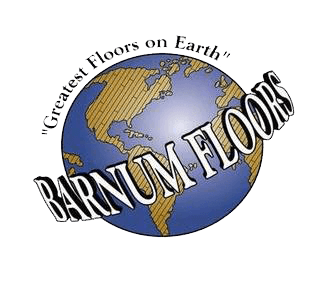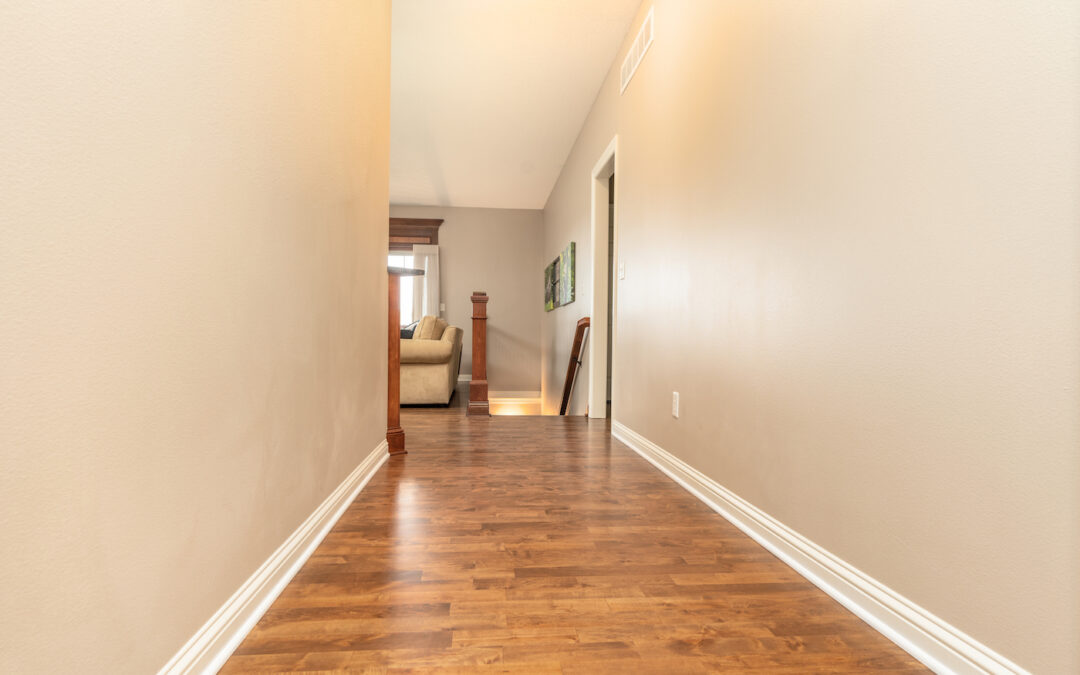As you’re planning on installing new hardwood floors, it’s important to consider all the details of your project. Trim, including baseboards and base shoe (quarter round) molding, are the details of your hardwood flooring that add a significant amount of design, beauty, and safety for both your walls and floors. The elements of your trim are essential to enhance the overall appearance and functionality of your new hardwood floors.
What Is Trim for Hardwood Floors?
While the terms baseboards, base shoe, and trim seem interchangeable, they all have subtle differences. Baseboards protect your walls and floors by covering the bottom of your wall a few inches and acting as a transition between the wall and floor. Baseboards accomplish a cohesive look in your home and can be personalized based on your design style, room proportions, and personal preferences. During your flooring project, baseboards are not removed and remain in place during the process. If you are not happy with your baseboards, you can talk with Barnum about options.
Base shoe or quarter round is the thin, narrow piece of trim that runs along the bottom of the floor and hides the gap between the wall and the floor. This trim is addressed during the process with Barnum Floors. Tile, LVP, and wood in the project are removed, brought back to the Barnum shop, refurbished or re-painted, and reinstalled. Also, adding new carpet to an area requires having new base shoes.
At Barnum, we offer to purchase the trim or stain and paint it to match your baseboards and reinstall it. If your trim is pre-painted, you may need a professional painter to fill and chaulk your trim and apply a fresh coat to paint on your baseboards.
Finally, trim encompasses any decorative or functional edge material used to cover seams and joints around doors and windows, between floors, and on walls or ceilings. Hence, baseboards and base shoes are both a type of trim.
Common Baseboard and Base Shoe Materials
The material is important for your trim’s durability, appearance, and maintenance. Barnum Flooring has a wide variety of wood types and non-wood options to match your style and budget.
Wood Material Examples
- Oak: The most common species used in trim is red and white oak, with red oak being the most popular. Oak is easily stained and is the most cost-effective. It is also the most common species used for window and door casings which can match your baseboard trim.
- Maple/Poplar: Known for its natural light finish and subtle grain pattern, maple or poplar trim is versatile and can easily be stained, painted, or left unfinished to complement your hardwood floors. Additionally, these species are less susceptible to imperfections, so they can withstand daily wear and maintain their structural integrity over time.
- Hickory: This is the most durable choice, making it ideal for trim applications that require long-lasting performance. Hickory is a reddish brown color and is usually straight-grained.
- Walnut: A unique option for trim with a wide variety of natural, rich brown tones that add an elegant and sophisticated look to enhance your space. Walnut is a softer, yet durable trim.
Non-Wood Material Examples
- Medium Density Fiberboard (MDF): A combination of fibers engineered together as a wood product. This type of baseboard material doesn’t stain well because there’s no natural wood grain, but you can paint it.
- Vinyl: Made from the synthetic material of PVC. Vinyl is great for a space where moisture is an issue (i.e. bathrooms and basements) and areas of heavy traffic.
Types of Baseboards and Base Shoes
In addition to the material, baseboards, and the base shoe comes in a variety of styles and looks to blend with your home’s interior design and create a seamless flow between rooms.
Types of Baseboards
- Rounded or Stepped: ⅝ inch to ⅞ inch wide and 3 to 3½ inches high and has a rounded shape that tapers into the wall.
- Flat Baseboard: Comes in a variety of heights, ranging from 3½ inches to 4½ inches, and is completely flat on the front.
- Sculpted Mid-Height: 4 to 5½ inches in height and ⅝ inch thick. The top portion displays a decorative shape with scallops or steps that taper toward the wall.
Types of Base Shoes
- Quarter Round Base Shoe: Hardwood floors may fluctuate as temperature and humidity levels differ, so this allows a gap between the baseboard and base shoe.
- T-Molding: Transitions baseboards between different level floors and doorways.
- Stairnose: Used when installing hardwood on stairs to cover the front edge of the step.
Maintenance of Your Trim
Just like caring for your hardwood floors, you need to care for your trim. To keep your baseboards and base shoe looking fresh, periodically clean them by dusting, vacuuming, or damp cloth cleaning with warm water and a small amount of vinegar, wiping in the direction of the wood grain.
Selecting the Right Trim For You
Our team at Barnum Floors is comprised of hardwood flooring professionals with years of experience. When it comes to adding hardwood floors and trim to your home, you can rely on the expertise of Barnum Floors.
Contact us today to get in touch with our Des Moines-Area hardwood professionals to discuss a hardwood floor (or trim) installation project for your home!


Recent Comments